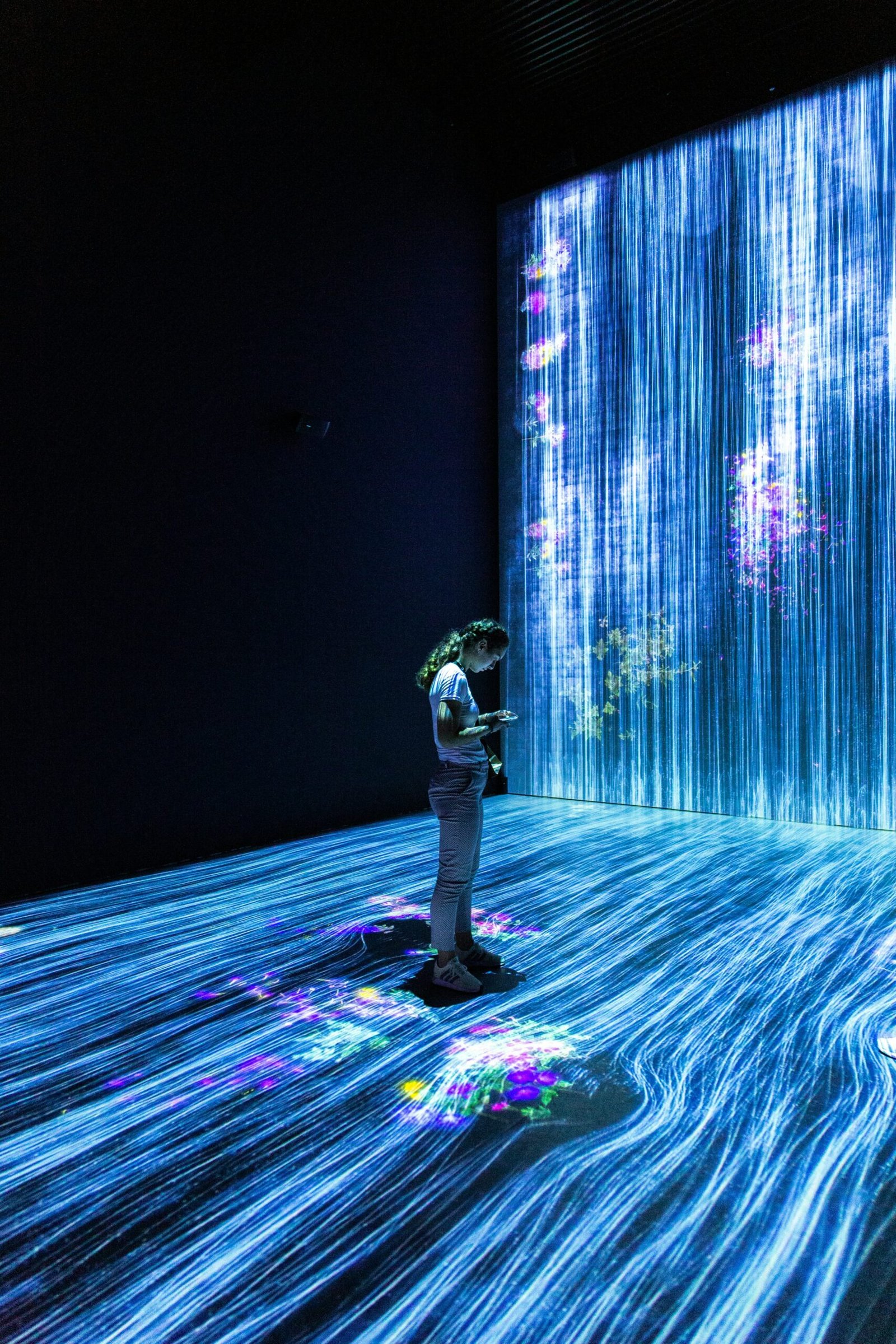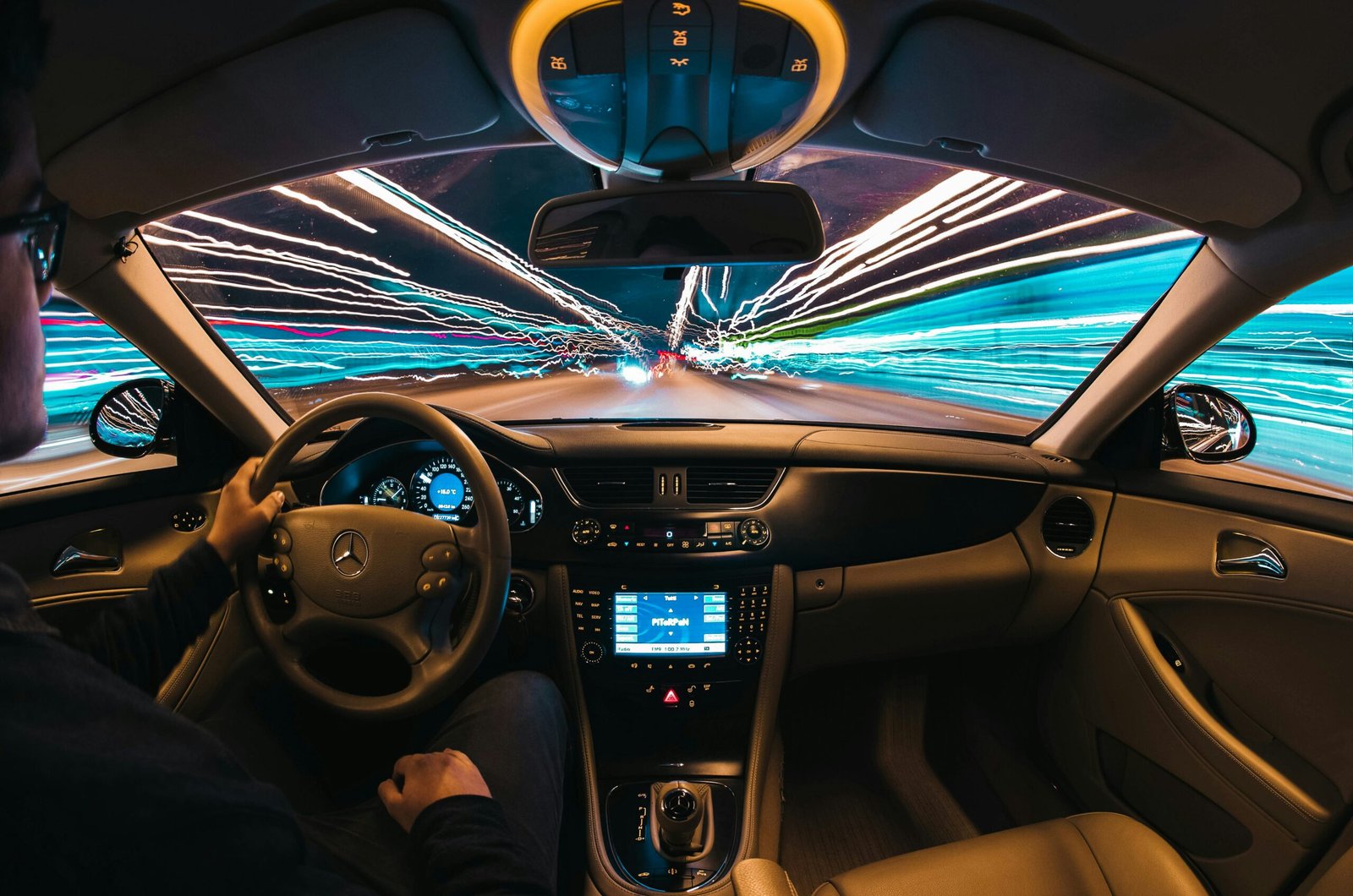Spatial Computing: Bridging the Physical and Digital Worlds

In today’s fast-paced digital age, the boundaries between the physical and digital worlds are becoming increasingly blurred. As technology continues to advance, new ways of interacting with our environment are emerging, and one such innovation that holds great promise is spatial computing.
What is Spatial Computing?
Spatial computing refers to the use of computer algorithms and technologies to create a seamless integration between the physical and digital realms. It encompasses a range of technologies, including virtual reality (VR), augmented reality (AR), mixed reality (MR), and 3D mapping.
At its core, spatial computing aims to enhance our understanding and interaction with the world around us by leveraging the power of computers to process and interpret spatial data. By combining real-world sensory inputs with digital information, spatial computing enables us to perceive and manipulate our environment in ways that were previously unimaginable.
The Benefits of Spatial Computing
Spatial computing has the potential to revolutionize various industries and sectors, offering a wide range of benefits. Here are a few key advantages:
1. Enhanced Visualization and Communication
With spatial computing, complex data can be visualized and presented in a more intuitive and immersive manner. Whether it’s architectural designs, medical imaging, or data analytics, spatial computing allows us to explore and understand information in a more natural and interactive way. This enhanced visualization also facilitates better communication and collaboration among teams.
2. Improved User Experiences
Spatial computing technologies like VR and AR have the ability to transform the way we experience digital content. From immersive gaming experiences to interactive training simulations, spatial computing offers a more engaging and realistic user experience. This has applications in various fields, including entertainment, education, and healthcare.
3. Increased Efficiency and Productivity
By bridging the physical and digital worlds, spatial computing can streamline and automate various processes, leading to increased efficiency and productivity. For example, in manufacturing, spatial computing can be used to optimize production lines and improve quality control. In logistics, it can assist in route planning and warehouse management.
4. Empowering Accessibility and Inclusion
Spatial computing has the potential to make technology more accessible and inclusive. By providing new ways of interacting with digital content, it can overcome barriers faced by individuals with disabilities. For instance, AR applications can provide real-time visual cues to assist people with visual impairments, while VR experiences can simulate different environments for therapeutic purposes.
The Future of Spatial Computing
The field of spatial computing is still evolving, and its potential applications are vast. As technology continues to advance, we can expect to see further advancements in areas such as haptic feedback, gesture recognition, and real-time mapping. These developments will open up new possibilities for industries ranging from gaming and entertainment to healthcare and transportation.
However, as with any emerging technology, spatial computing also raises important considerations. Privacy, security, and ethical implications must be carefully addressed to ensure the responsible and beneficial use of these technologies.
Conclusion
Spatial computing represents a significant leap forward in bridging the physical and digital worlds. By leveraging the power of technology, it offers a range of benefits, from enhanced visualization and improved user experiences to increased efficiency and accessibility. As we continue to explore the potential of spatial computing, it is crucial to embrace its possibilities while also addressing the challenges it presents. With careful development and responsible implementation, spatial computing has the potential to reshape our interaction with the world around us and unlock new opportunities for innovation.





